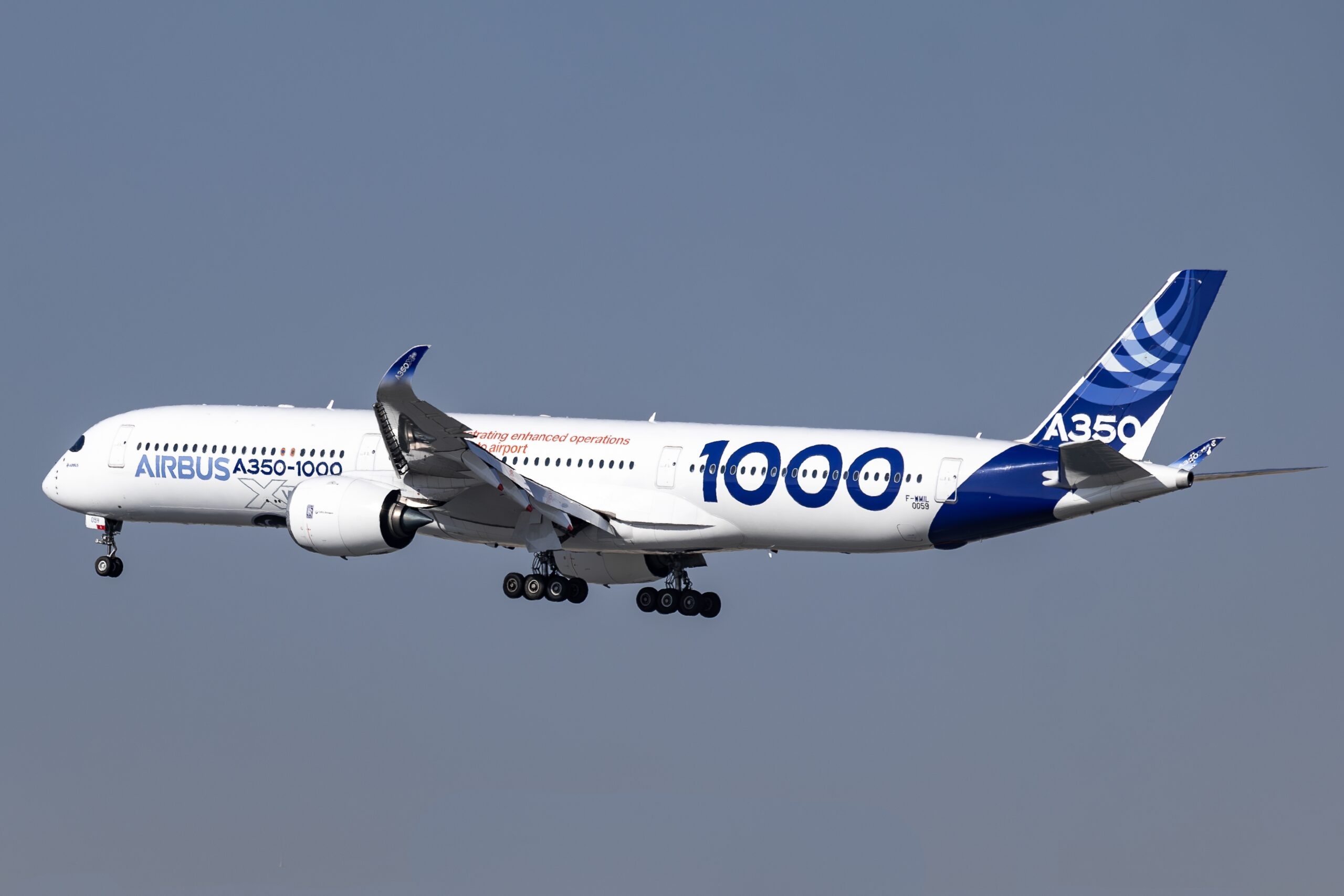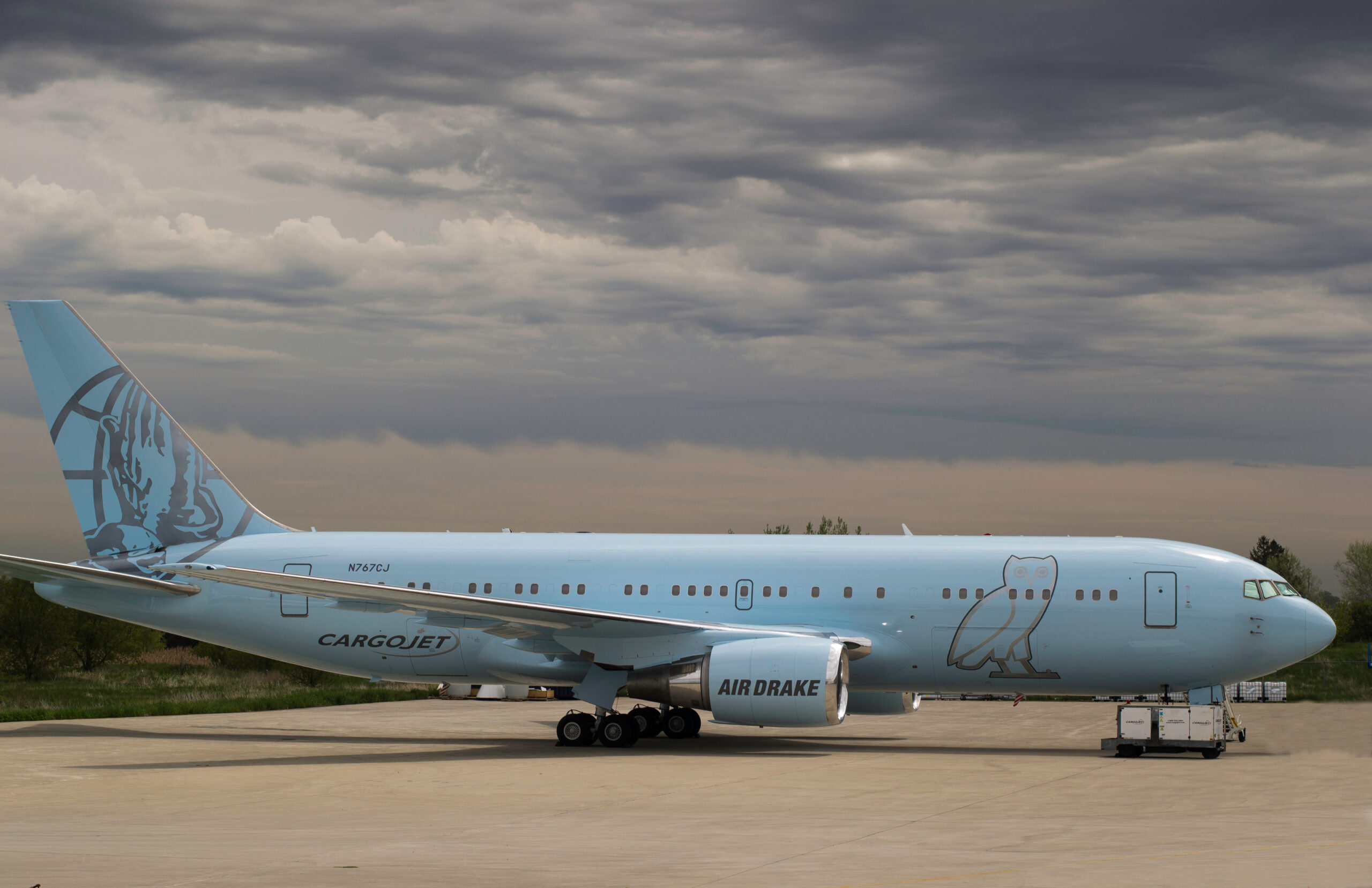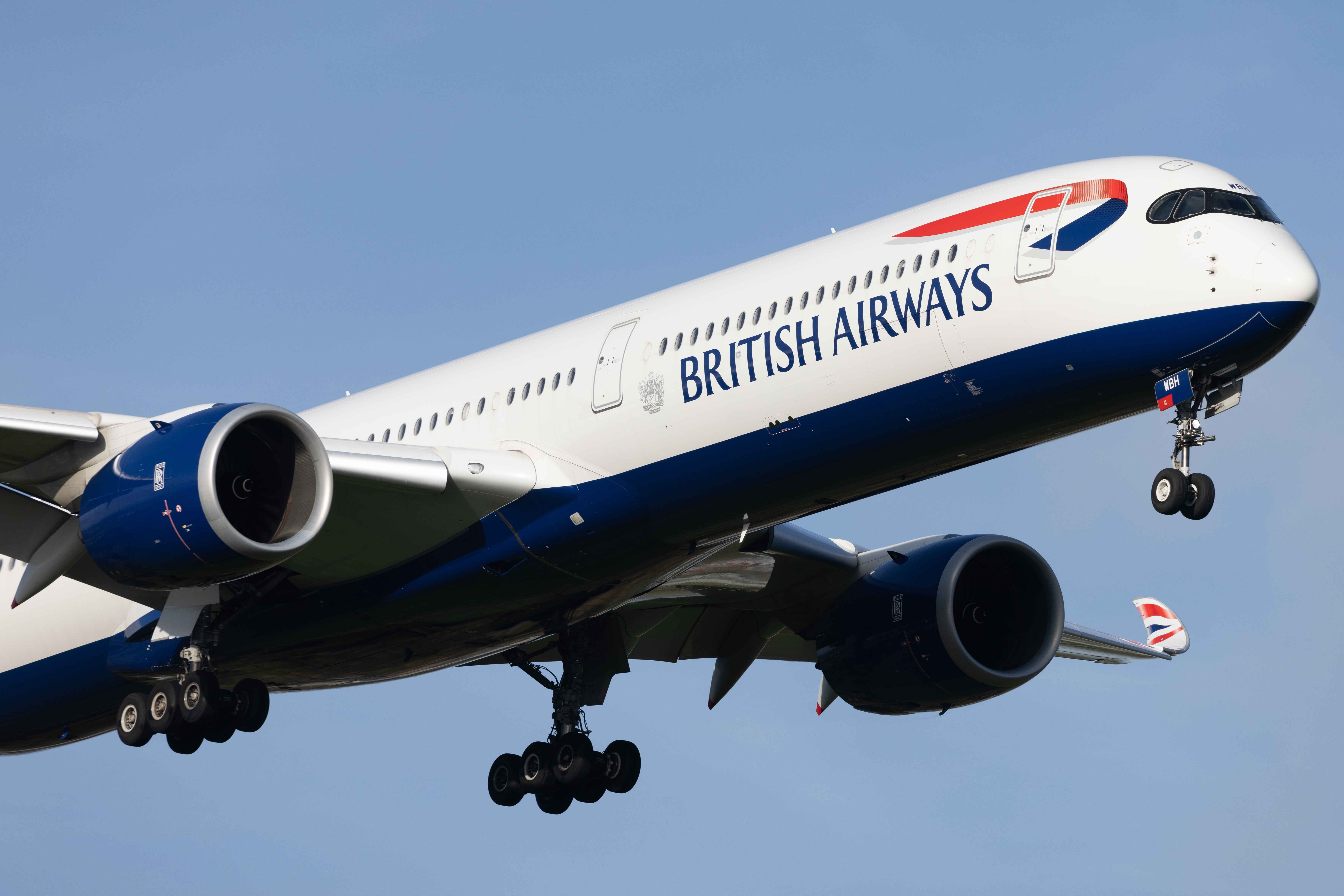The Tu-95MS: A Longstanding Giant of the Skies
The Tu-95MS, a variant of the original Tu-95 bomber, remains one of the most iconic and enduring aircraft in the Russian Air Force. Known by its NATO designation, the ‘Bear,’ it carries a rich history and continues to perform vital roles in modern military operations. This aircraft’s design and capabilities reflect over 60 years of aviation technology and military strategy.
Origins and Development
The development of the Tu-95 began in the early 1950s by the Soviet Union’s Tupolev Design Bureau. The aim was to create a strategic bomber with intercontinental range capable of delivering nuclear weapons. Its first flight took place on November 12, 1952. The decision to equip it with turboprop engines, rather than turbojets, was influenced by several factors. Turboprop engines offered better fuel efficiency and range, crucial for long missions. The Tu-95’s distinctive contra-rotating propellers reduced drag, enhancing both speed and range.
The Tu-95MS emerged in the early 1980s as an upgraded version. It was designed to carry six long-range Kh-55 air-launched cruise missiles. This upgrade entailed modifications to its avionics and electronic warfare systems. The Tu-95MS offered improved navigation, communication, and targeting systems, keeping it relevant in the changing strategic landscape.
Aviation Technology and Design
The aircraft’s design is a testimony to engineering ingenuity. It features a swept-wing design, which aids stability at high speeds. Its four Kuznetsov NK-12 engines, the world’s most powerful turboprop engines, give it a maximum speed of around 925 km/h. Despite its size and weight, the Tu-95MS boasts an impressive operational ceiling of over 10,000 meters.
With a wingspan of over 50 meters, the Tu-95MS employs robust landing gear to support its massive frame during operations. The cabin is pressurized, allowing long-duration flights, which are vital for strategic missions across vast distances. The distinctive hum of its massive engines is an unmistakable signature recognized by aviation enthusiasts worldwide.
Operational Roles and Missions
The Tu-95MS plays a crucial role in Russia’s strategic air command. Its primary mission involves delivering long-range cruise missiles. These tasks often include nuclear deterrence patrols. During missions, it can operate near international airspace, showcasing strategic presence and aerial capability.
The aircraft also serves various secondary roles. It participates in maritime patrols, given its ability to cover vast ocean distances. Additionally, it joins international military exercises. These drills demonstrate its readiness and alive strategic partnerships.
Modernization and Upgrades
The Tu-95MS has continually received upgrades to extend its operational life. Recent modernization efforts focus on avionics and weapon systems. Enhanced radar capabilities and digital interfaces improve mission effectiveness. Upgraded electronic warfare suites and communications gear form the backbone of its modernization.
The integration of new weapons, like the Kh-101 and Kh-102 cruise missiles, further enhances its strike capabilities. These missiles offer precision targeting and extended range compared to earlier weapons. As technology evolves, these upgrades aim to maintain the Tu-95MS’s relevance in modern warfare.
Enduring Legacy and Future
The Tu-95MS’s longevity speaks to its successful design and adaptability. It remains one of the few Cold War-era aircraft still in active service. This enduring presence results from continuous upgrades and strategic importance. Despite advancing military technologies, the Tu-95MS delivers cost-effective strategic capabilities.
In the future, it is likely to see more advancements in electronic systems and weapon integration. Its role may shift more towards intelligence, surveillance, and reconnaissance tasks, complemented by its traditional strategic missions. While newer bombers exist, the Bear’s durability and reliability keep it flying high.
Conclusion
The Tu-95MS stands as a towering presence in aviation history. Its combination of historical legacy, technical ingenuity, and strategic importance keeps it a focal point of military discussions. As it continues to serve, it remains a testament to innovation and strategic prowess in aviation design.






